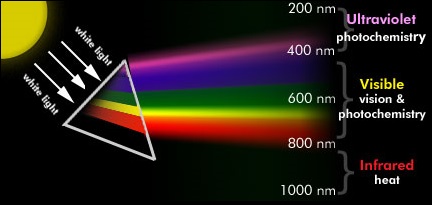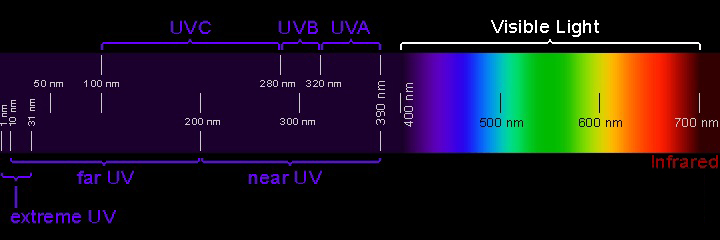
Ultraviolet (UV) is an electromagnetic radiation with a wavelength from 10nm to 400nm, shorter than that of visible light but longer than X-rays. UV radiation is present in sunlight making up about 10% of its total output. Ultraviolet rays are invisible to most humans, although insects, birds, and some mammals can see near-UV.
UV is also produced by electric arcs and specialized lights, such as mercury-vapor lamps, tanning lamps, and black lights. Although long-wavelength ultraviolet is not considered an ionizing radiation because its photons lack the energy to ionize atoms, it can cause chemical reactions and causes many substances to glow or fluoresce. Consequently, the chemical and biological effects of UV are greater than simple heating effects, and many practical applications of UV radiation derive from its interactions with organic molecules.
LIHTAN curing lamps emit targeted UVA light for maximum penetration, curing and energy efficiency.
